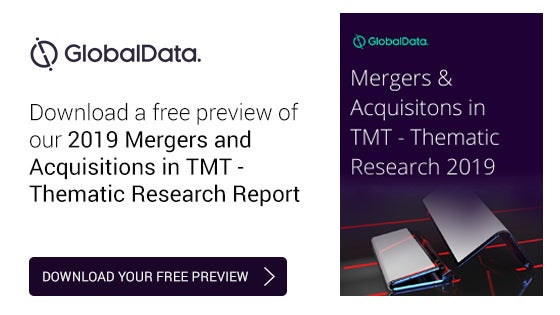AHC – Reliable Partner for the Aerospace Industry
The aerospace industry relies on high performance suppliers who implement time sensitive, complex processes with the highest reliability-principles that the AHC Group has maintained for decades. AHC, with now more than 20 of their own plants, collaborates closely with the French coating companies DEC and SGi, which also belong to Aalberts Industries like AHC does, and are experienced in working in the aerospace industry. Each of these companies is a quality service provider for highly functional finishing of components and component groups that are used worldwide by leading manufacturers in their aircraft, helicopters, satellites, rockets and space stations.
AHC would like to introduce our new brochure entitled Aerospace Coatings. On 16 pages application examples from various fields of the Aerospace sector are shown: engines, fuselage components, wings and landing gears, helicopter seats, stratospheric observatory, cargo loading systems, space flight components. Numerous customers have supported us in the preparation of the brochure, be it with components, with photos or even with a willingness to photograph in their production. AHC say thank you for their support.
For more information please download the white paper.
Download to find out more.










